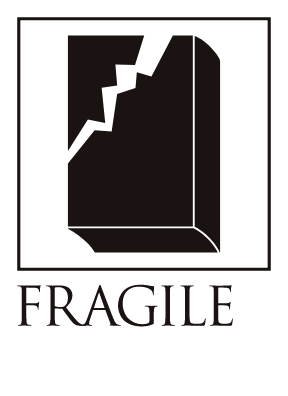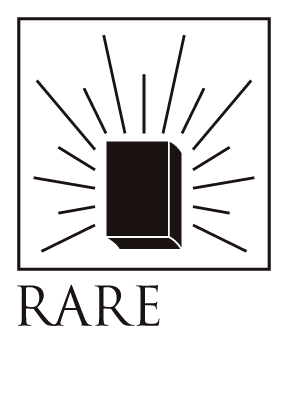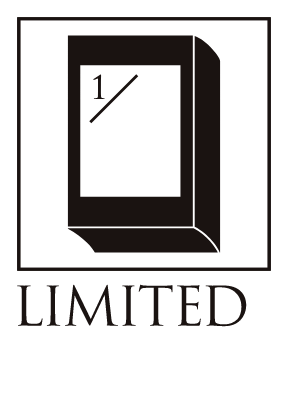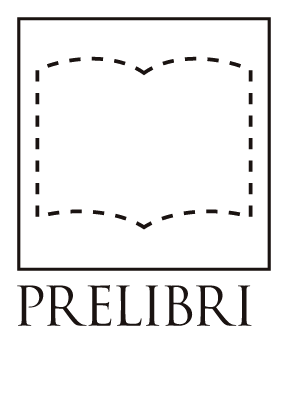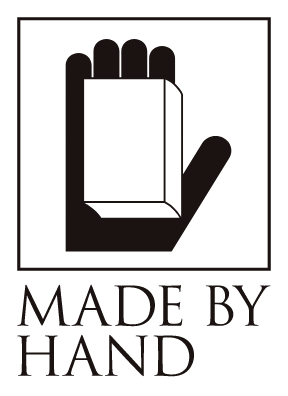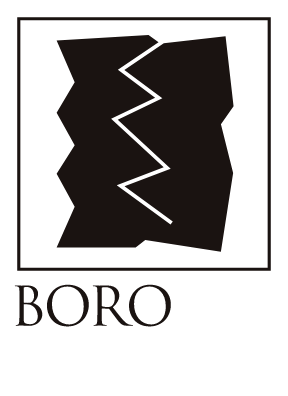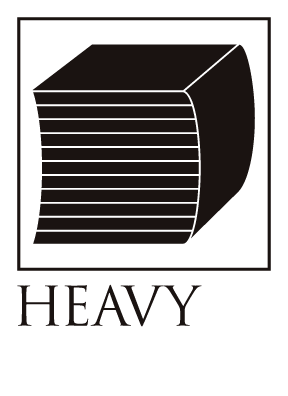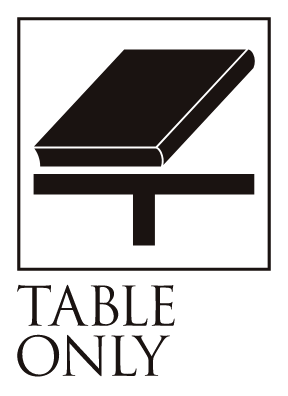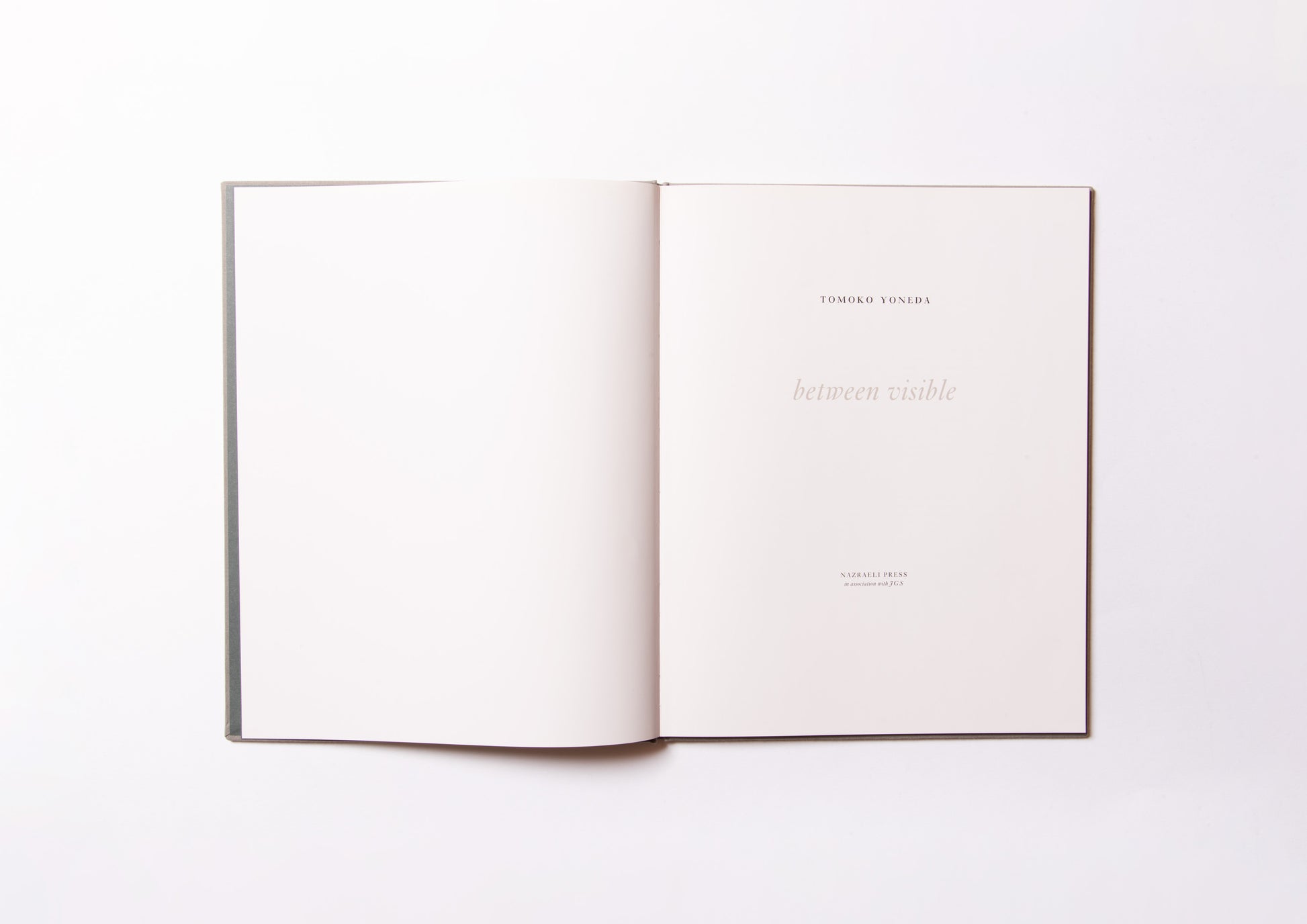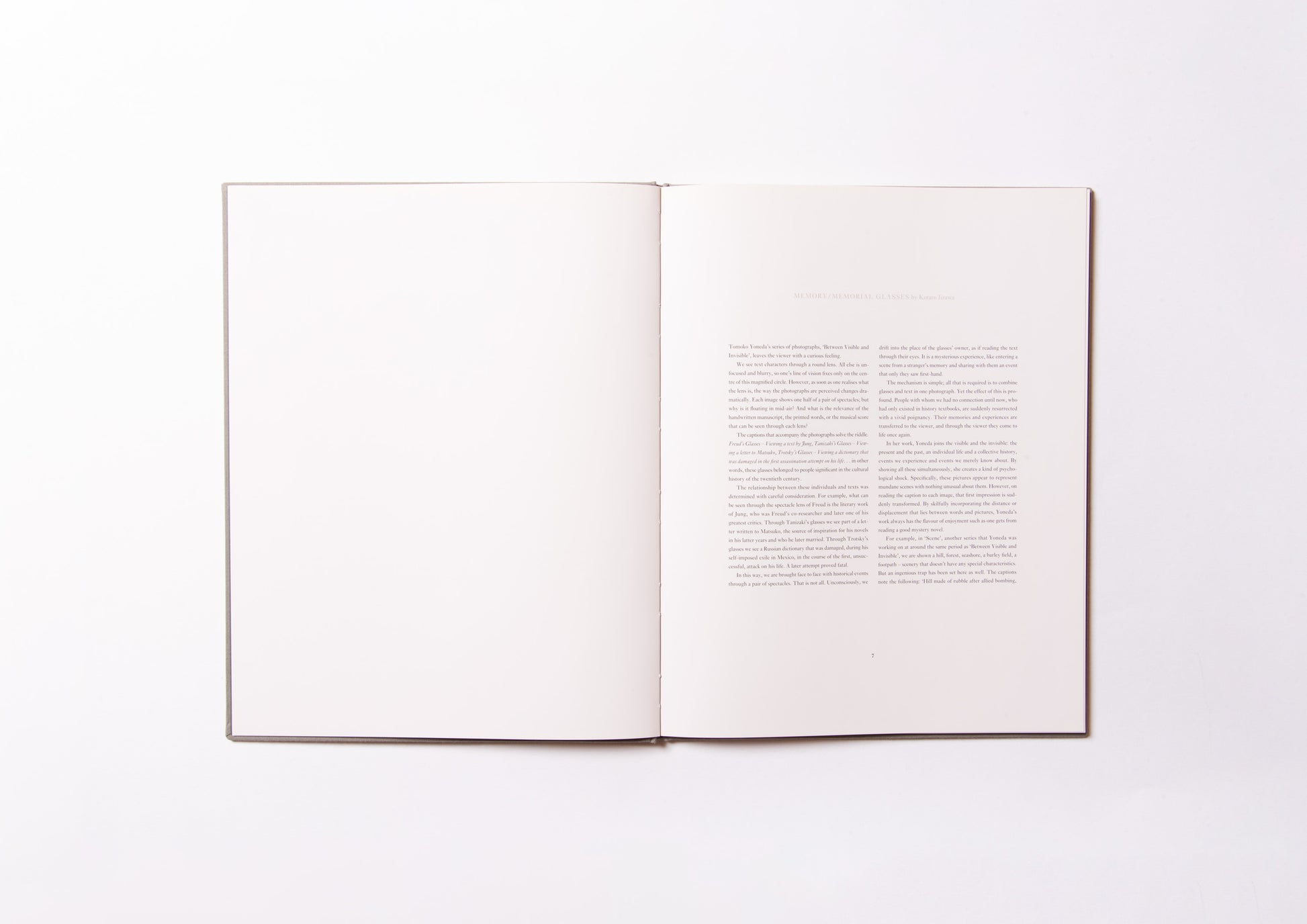between visible
Bibliographic Details
- Title
- between visible
- Author
- Tomoko Yoneda / 米田知子
- Editor
- introduction: Mark Haworth-Booth, essay: Kotaro Iizawa
- Publisher
- Nazraeli Pr
- Year
- 2004
- Size
- h360 x w280 x d10 mm
- Weight
- 730g
- Pages
- 32 pages
- Language
- English / 英語
- Binding
- Hardcover / ハードカバー
Photographer Tomoko Yoneda
Beyond what can be seen
How to see the invisible world.
This photobook brings together representative works from the series "Between the Visible and the Invisible," which photographer Tomoko Yoneda (1965-) has been producing since her earliest days. Looking at her photographs, which she thoroughly prepares (researches) and then approaches (shoots) like an athlete, means getting involved with her "system" of "what to see through what." The reason why a "system" is necessary to look at a photograph is that the subject she wants to capture is no longer there. Her photographs areIt is a device for seeing the invisible, designed to make images appear and disappear within the rectangular boundary of the photograph.It's like using photography to recreate Buson's "The Place Where the Kite Climber Climbs Yesterday's Sky" - and that's what I've always admired.
This book features some of the most important figures of the 20th century, including writers, musicians, architects, and scientists.Nine peopleCharacters appear in the play. But they do not appear in person. The play is structured so that the viewer can peer through the "glasses" actually worn by nine great figures - Freud, Hesse, Mahler, James Joyce, Sartre, Junichiro Tanizaki, Le Corbusier, Gandhi, and Trotsky - at books and letters related to each of them. For example, the work peers through Mahler's glasses at an unfinishedSymphonySheet music for No. 10. Freud's GlassesThroughHe peers at a text written by his ally Jung, which hints at his break with himself, while through Junichiro Tanizaki's glasses he looks at a letter addressed to his third wife, Matsuko.
The titles given to each photograph decipher the invisible relationships. Not that this is the reason, but I find Tomoko Yoneda's photographs more comfortable to look at on the pages of a book than on the white walls of a gallery or museum. Between opening and closing the book, I blink my eyes countless times and freely imagine "the space between the visible and the invisible." The shape of a book, which allows me to indulge in such thoughts, suits her well. I even think that Tomoko Yoneda's photographs are books in the form of photographs.This is one of my favorite books in that respect.
Tomoko Yoneda
Born in Hyogo Prefecture, he completed his master's degree at the Royal College of Art (London) in 1991 and has since been based in London, where he has been active in exhibitions both in Japan and abroad. His major exhibitions include "Reverberation - Lashing Waves" (ShugoArts, Tokyo, 2022), "Tomoko Yoneda" (Fundamental Mapfre, Madrid, 2021), "Dialogues with Albert Camus" (ShugoArts, Tokyo, 2019), the 12th Shanghai Biennale (Shanghai, 2018-19), "Dialogues with Albert Camus" (Maison de la Culture du Japon, Paris, 2018), "Disharmonious Harmony" (Hiroshima City Museum of Contemporary Art, 2015/Kuandu Museum of Fine Arts, Taipei, 2016), Gwangju Biennale (2014), Aichi Triennale (2013), "If We Meet in a Place Without Darkness" (Himeji City Museum of Art, 2014)/Tokyo Photographic Art Museum (2013), "Kyiv Biennale" (2012), "Japanese House" (ShugoArts, Tokyo, 2011), "The End is the Beginning" (Hara Museum of Contemporary Art, Tokyo, 2008), the 52nd Venice Biennale (2007), "10 Years Since the Earthquake" (Ashiya City Museum of Art and History, 2005), and "Beyond Memory and Uncertainty" (Shiseido Gallery, Tokyo, 2003).
Text by Osamu Kushida
